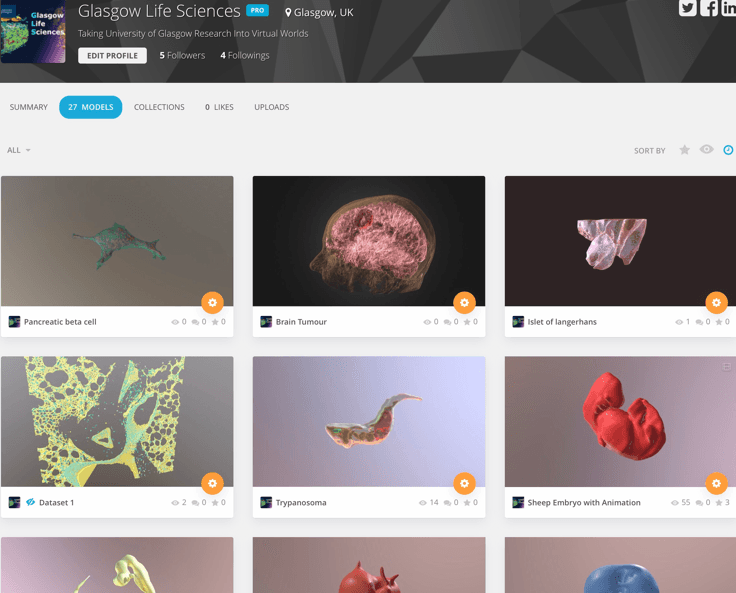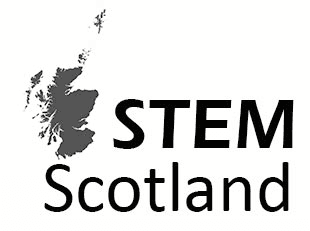
My STEM Journey
Guest Post specially for International Women's Day 2020; by Dr Janet Colston, Co-Founder, The Functional Plant Company

The love for STEM can start at any age
I grew up in the age before the internet, in a rural community on the Isle of Skye. So where did my love for science and my determination to be a scientist come from? The event that may have sparked that interest was a chemistry set that my sister received for Christmas in the late 70s. I was in awe of the fact that you could create your own experiments, with a little methanol burner and goggles, it really was the stuff of science fiction. I also had the good fortune to have inspirational science teachers with enthusiasm for their subject.

Studying opens up the possibilities
I left Skye in 1984 to study industrial chemistry in Glasgow, beginning my journey in STEM. My favourite subject was organic chemistry and I can still remember the smell of creating pear drop esters in the organic lab, similar to that of ketones, an indicator of diabetes. I switched courses after a year to study chemistry, biochemistry, molecular genetics, plant physiology and ecology, developing a broader scientific background.
My first post after my degree was in Biochemistry at Glasgow Royal Infirmary. It was a large service laboratory covering the West of Scotland. I particularly enjoyed working with established researchers on projects creating novel monoclonal antibodies for clinical use in endocrinology. This post led to a PhD studentship under the guidance of Professor Kenneth McColl in his gastroenterology team. Funded by the James Black Foundation, it was the start of my academic career working collaboratively with institutions across Scotland looking at the effects of gastrin receptor antagonists in the pathogenesis of human gastric cancer. Sir James Black had made his second major discovery with the anti-ulcer drug, cimetidine, which led to his collaboration with Professor McColl who was at the time studying the effects Helicobacter Pylori as a cause of duodenal ulcers.
Learning from some inspirational scientists is invaluable
Meeting Sir James Black was probably a career highlight. One of the foremost scientists of the 20th century, winning the Nobel prize for Medicine in 1979 for his discovery of Propranalol, a major drug still used today to treat high blood pressure. How could you not be inspired? I remember him telling me his parents had a wry humour when they named him James Whyte Black. This was a period of ferocious study where I developed independent research skills.

Establishing a career in STEM
In 1996 I joined the Clinical Research Initiative and
Professor Ian McGraths research group at Glasgow University. It was a really
exciting time, working in a multi-disciplinary team with the lab buzzing with
ambitious researchers. There was a great mix of multinational people with
skills in physiology, pharmacology, molecular biology, 3D pattern recognition
and of course me, a tissue culture ‘binder and grinder’ receptor
pharmacologist. The most exciting aspect was being let loose on some early
Noran Confocal Laser Scanning microscopes to study the 3D signalling of
G-protein coupled receptors using fluorescent probes. When the fusion protein,
Green Fluorescent Protein was isolated from jellyfish, it paved the way to
integrate the DNA with proteins of interest displaying a higher than background
signal. It was then much easier to study cellular signalling in real time
making it possible to track measurements of adrenergic neurotransmission in
vascular smooth muscle.

Family breaks are important
As with many women in science, career and family don’t always mix well. So when I decided to have a family it was hard to balance an exciting career and commitments as a mother. I decided it was time for a break, thinking it would be only a few years before returning to my work. Part time jobs came and went, it was a struggle to find meaningful work that would balance my family life. Inevitably there was a gap in my STEM journey of some 10 years. At one point I really did not think I would return to STEM but finally I found an alternative route.
Bringing your skills together opens opportunities
The way back began with a climate project. I was managing a community project growing local food using controlled environment agriculture, specifically hydroponics. Around that time I started to design indoor grow racks to produce leafy greens. Having worked out that energy demands and costs outweighed the revenue from the yields produced, I started looking at the reasons behind the failures. This led me to believe that growing low cost crops, such as lettuce and leafy greens indoors did not make economical sense at a small local level.

A new way to grow functional plants
In 2018 I co-founded ‘The Functional Plant Company’ with Chris Higgins of Hort Americas and UrbanAgNews, with the primary goal to model the optimum indoor growing conditions of high value functional plants, starting with Wasabi ( https://urbanagnews.com/blog/news/wasabi-japonica-grown-under-ge-led-grow-lights/ ). I knew it was a challenge to grow Wasabi Japonica, the Japanese spice most associated with sushi. A semi aquatic plant with a high demand and low supply has made it one of the most lucrative plants per weight in the world marketed around £250/kilo. It made sense to work with a water loving plant that commanded a high price to offset the high capex cost involved in hydroponic farming. I set out on a journey of discovery in STEM using a combination of all my skills including chemistry, plant physiology, pharmacology, tissue culture and engineering that would help me successfully cultivate the ‘hardest to grow plant in the world’.
The full story now includes large scale micropropagation, hydroponic growing under LED lights and circumventing the pests that make it vulnerable to disease. Scaling up the proposition of Wasabi plantlets is now our top priority, ensuring growers have access to virus free plants that lead to increased yields. Growing the plant can be a challenge but two years on, the company is starting to push boundaries and use high tech lighting solutions to enhance a new way to not only produce sustainable food sources but to use plants as preventative medicines.

Grateful to have a second chance in STEM science
So my life in STEM has come full circle and I use variable spectral LED lights to discriminate flavonoid levels in plant leaves, my chemistry knowledge helps me balance fertiliser nutrients, and I transferred my mammalian tissue culture skills to micropropagate plants under sterile conditions. Increasing the secondary metabolites using controlled environment agriculture is important as Wasabi has medicinal properties with benefits to human health, particularly significant anticancer and antimicrobial functions. Wasabi is known to kill Helicobactor Pylori and many of the in vitro cancer cell lines I studied in my early career and who knows, one day soon we maybe even discover Wasabi contains important secondary metabolites that reduce oxidative stress to prevent diseases like Alzheimers or Parkinsons. I am delighted to have found a route back into STEM and to have been able to draw all of my experience together in this way.
I consider myself fortunate to have had some truly immense role models and world class leaders that have encouraged and empowered me throughout my STEM journey. My advice as a woman in STEM to anyone starting out on this journey, is to keep going. If you have an inquisitive mind you will never lose the thrill of a successful experiment.
Janet F Colston PhD.







